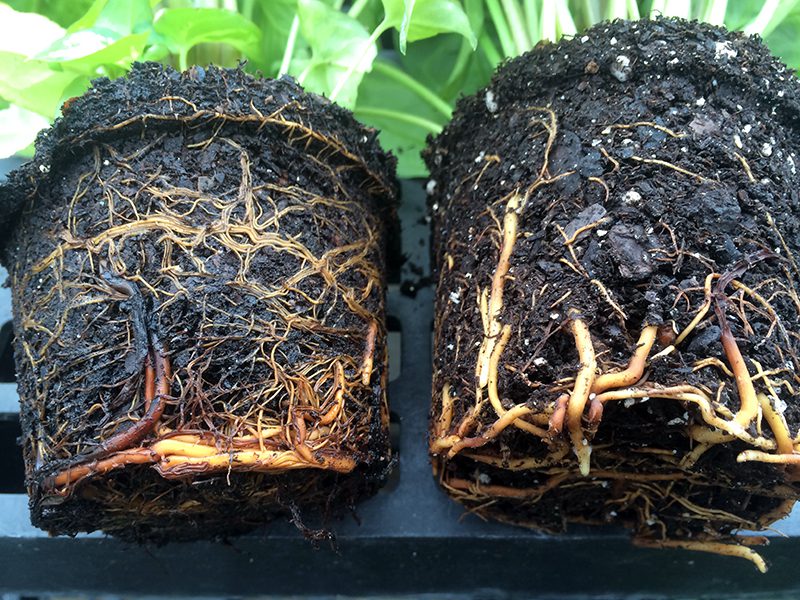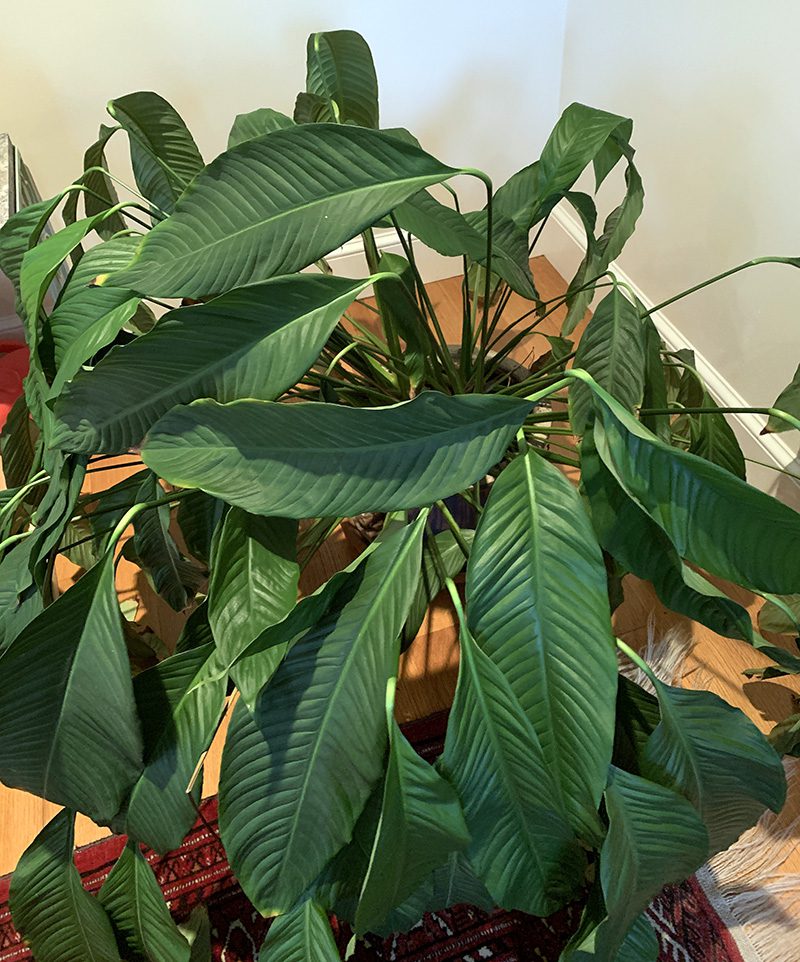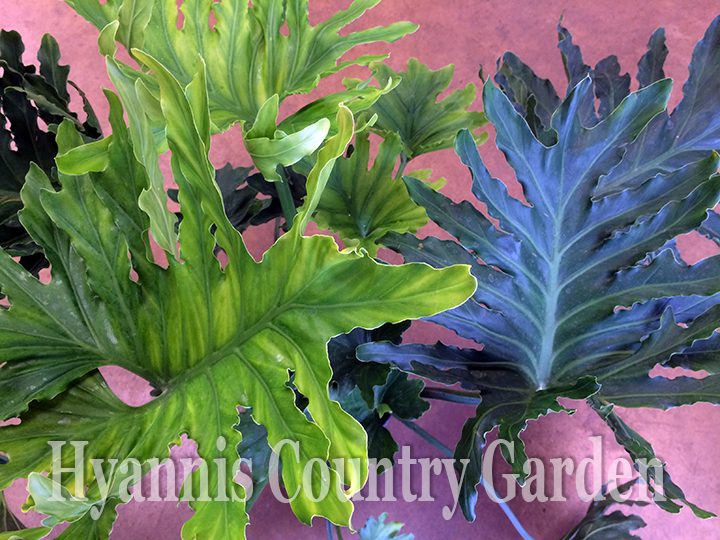What's Wrong With My House Plant?
What's Wrong With My House Plant?
At this time of year people often start seeing problems with their house plants. Wilting or yellowing leaves, spots on the foliage, dying branches, stickiness and breaking stems are some of the symptoms that something is wrong. Here are a few examples of common houseplant problems, along with a way for you to diagnose what might be going on.
Many people notice yellowing leaves on house plants first. If there are only two or three leaves yellowing, and they are the older foliage, it’s possible that this is just the normal shedding of old growth as the new develops. Yellow leaves can be a sign of over or under-watering as well – sometimes it’s a sign of both! If the plant drys out too much in between getting watered, but is then flooded and allowed to sit in the run-off water for several days, you can see yellowing that happens from drying and root rot. Try to keep the watering of houseplants consistent.
To get started, know that most houseplant problems are watering related. Plants suffer from either too much water or too little water. Here are some photos that show the results of those two situations.


Water your houseplants so that the root ball and soil get completely soaked but don’t let them sit in a saucer filled with water after they are well moistened. Let the soil dry out a bit before you water the plants again.
Sometimes plants that are drying quickly, or have root rot, need to be repotted because they are root bound. Root bound plants have a hard time absorbing enough water to keep the plant well hydrated, but sometimes the roots are clogging the drainage hole and the soil mix has broken down so that the pot is no longer draining. When trying to decide why your plant is wilting, pop it out of the pot and see if there are lots of circling roots. If so, loosen the roots a bit with your fingers pulling away some of the older potting soil and replant in fresh potting mix in a larger pot.
When leaves are yellowing or wilting, look closely at the top and bottom of those leaves for signs of insects and disease. If you see what looks like fine, white powder on either side of the leaf it is probably powdery mildew or botrytis (aka grey mold). These are fungal conditions that require a fungicide for treatment. Come into the store so we can provide the right product for your plant.
Finally, feel the leaves of your plant to see if they are sticky. Sticky leaves are a sign of a sucking insect at work. Look closely for scale, mealy bug, aphids or white fly. These are the most common insects that attack houseplants, and all of them can be treated with insecticidal soap or an other product. We’re happy to help you identify your insect or problem: seal a sample in a zip-lock bag and bring it into the store so we can help.

Subscribe To Our Newsletter
Sign up for our weekly email about sales and events.
